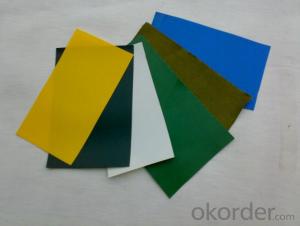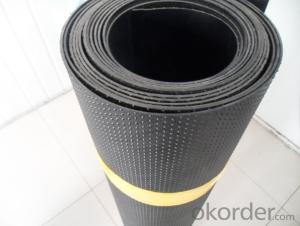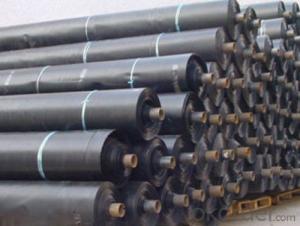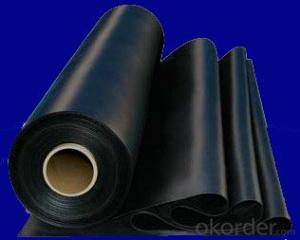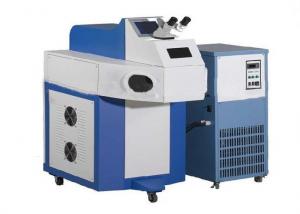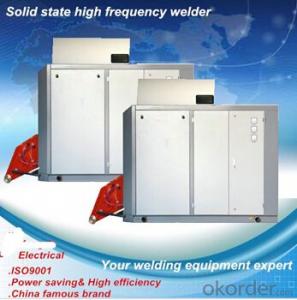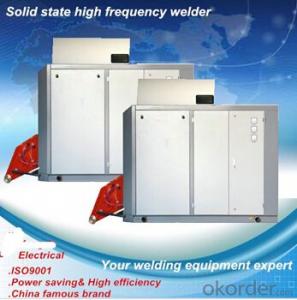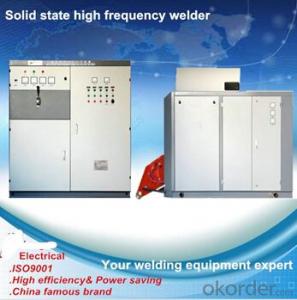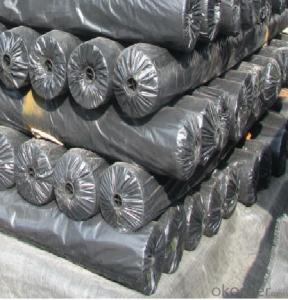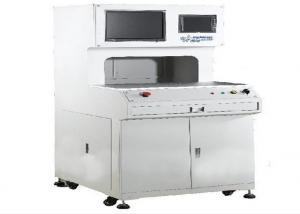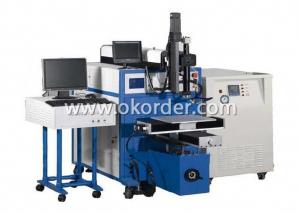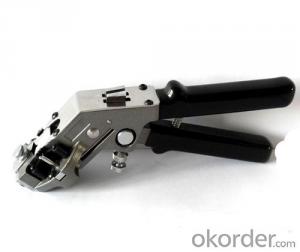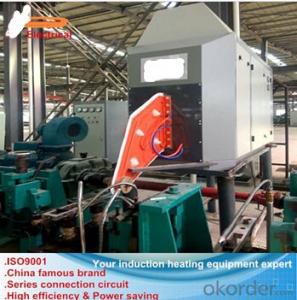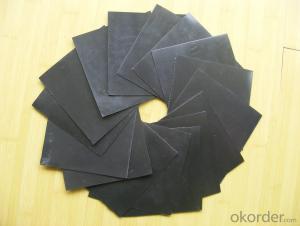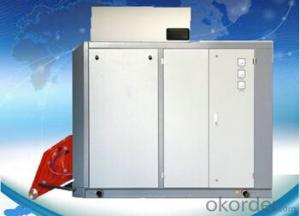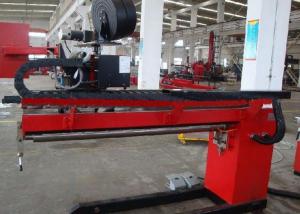Geomembrane Welder
Geomembrane Welder Related Searches
Blu Ray Player With Internet Geomembrane In Pakistan 30 Mil Pvc Geomembrane Pvc Geomembrane Specifications Pvc Geomembrane Geomembrane Machine Plastic Geomembrane Nonwoven Wallpaper Geomembrane Material Geomembrane FabricHot Searches
Geomembrane For Sale China Pvc Geomembrane China Geomembrane Roll Sheet Hdpe Geomembrane Sheet Price Hdpe Geomembrane China China Geomembrane Geomembrane China Hdpe Geomembrane Price Geomembrane Price Wholesale Hdpe Geomembrane Roll Geomembrane Factory Wholesale Liner Hdpe Geomembrane Wholesale Geomembrane Hdpe Wholesale Hdpe Geomembrane Geomembrane Market Size Wholesale Hdpe Geomembrana Wholesale Liner Geomembrane Geomembrane Liner Supplier Wholesale Geomembrane China Pvc GeomembraneGeomembrane Welder Supplier & Manufacturer from China
Okorder.com is a professional Geomembrane Welder supplier & manufacturer, offers integrated one-stop services including real-time quoting and online cargo tracking. We are funded by CNBM Group, a Fortune 500 enterprise and the largest Geomembrane Welder firm in China.Hot Products
FAQ
- Geogrid per square meter
- Now whether the procurement of products from the Internet or on the market a lot of people are asking about the price of geogrid, and around the various manufacturers offer different, people have no bottom
- Yes, geogrids are typically resistant to high temperatures. They are designed to withstand extreme weather conditions, including high temperatures, without significant degradation or loss of performance.
- Geogrid what to do
- Longitudinal transverse tension
- What kind of products are the high strength and high strength micro - pile geocell? Introduce some specific details. Thank you
- The double direction high strength micro pile lattice chamber has a unique welding point strengthening edge structure. The high strength is achieved by strengthening the sheet between the edges.
- What type of geogrid is CATTXDJ?
- 1 Introduction geogrid: Geogrid geogrid is a kind of main geosynthetics, which has unique properties and effects compared with other geosynthetics. Geogrid is often used as reinforcement of reinforced soil structure or composite material. Geogrid is divided into four categories: plastic geogrid, steel plastic geogrid, fiberglass geogrid and polyester warp knitted polyester geogrid. 2 classification of plastic woven through the formation of a square or rectangular polymer mesh material, according to the direction of its manufacturing can be different for different types of uniaxial tension and biaxial tensile two
- How much is the tensile strength of geogrid???????
- Divided into three categories: the overall plastic stretch: two-way products: 15KN--50KN one-way products: 50KN---300KN
- Geogrids enhance the stability of landfill slopes by providing reinforcement and increasing the strength of the soil. They are placed within the soil layers of the slope to distribute the applied loads and prevent excessive deformation. The geogrids act as a tension element, spreading the load across a wider area and reducing the risk of slope failure. Additionally, they improve the overall stability of the landfill slopes by controlling soil erosion, promoting drainage, and minimizing the potential for lateral movement.










